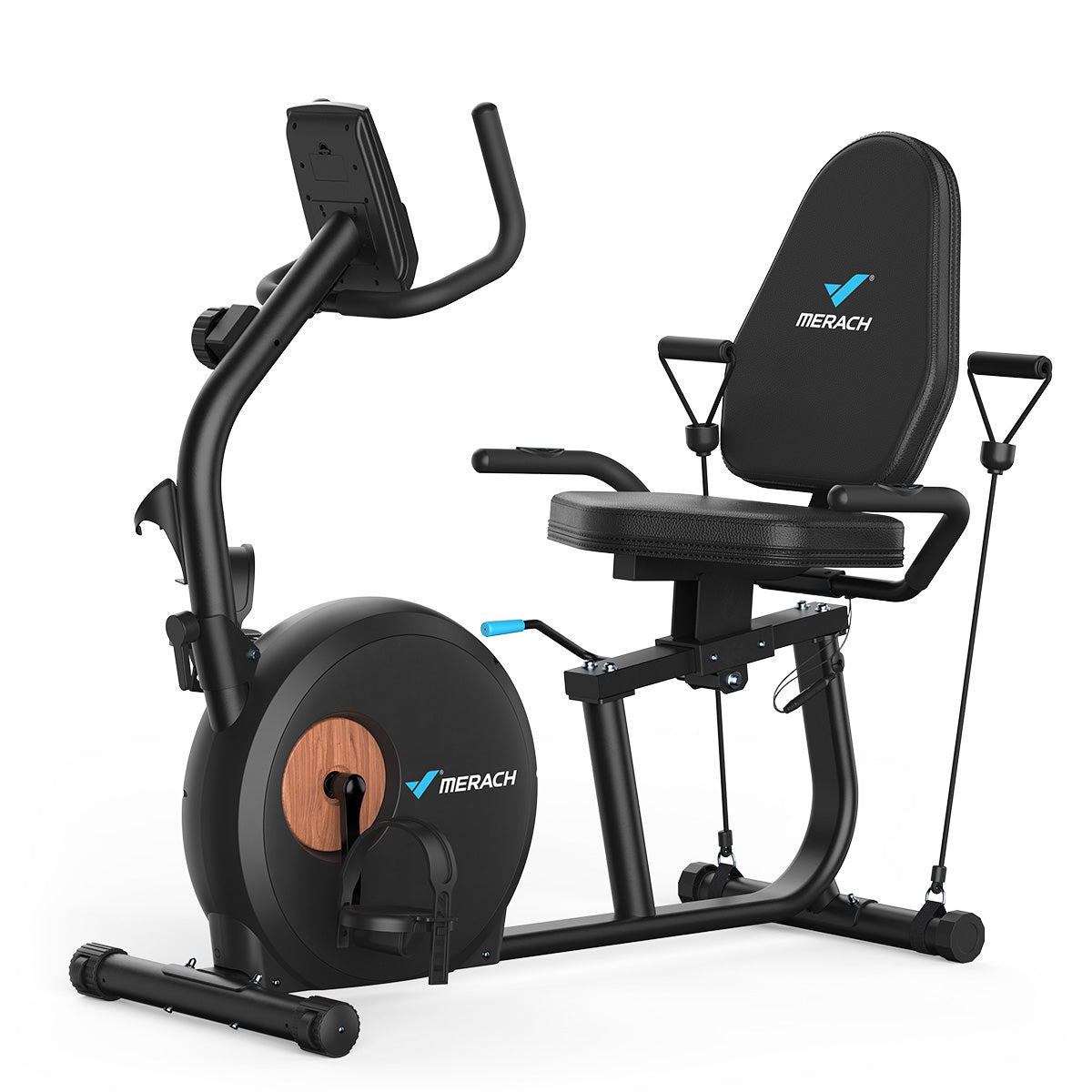How to Create a Budget-Friendly Healthy Food Plan
Eating healthily doesn’t have to be a costly endeavor. With a bit of planning and creativity, you can enjoy a nutritious diet without breaking the bank. Crafting a budget-friendly meal plan allows you to prioritize your well-being while keeping your finances in check. Let’s explore how you can achieve affordable healthy eating and build a cost-effective nutrition plan that works for you.
Understanding Your Budget and Needs
The first step in creating a budget-friendly meal plan is to assess your current financial situation and nutritional requirements. Start by setting a clear budget for your grocery shopping. This will guide your decisions and help you make informed choices about where to allocate your funds.
Consider what nutritional needs are essential for you and your family. A balanced diet includes a variety of food groups: fruits, vegetables, whole grains, proteins, and healthy fats. Understanding these needs will help you make choices that support both your health and your budget.
Planning Your Meals
Meal planning is a cornerstone of affordable healthy eating. Begin by creating a weekly menu that includes breakfast, lunch, dinner, and snacks. Focus on incorporating seasonal produce, which is often more cost-effective and fresher.
Look for recipes that use healthy food on a budget ingredients. For example, beans, lentils, and whole grains are excellent sources of protein and fiber that won’t strain your finances. They can be used in a variety of dishes, from soups to salads, making them versatile staples in your meal plan.
When planning, make use of ingredients that can be bought in bulk and stored for longer periods. Whole grains, nuts, and seeds are not only nutritious but also tend to be more economical when purchased in larger quantities.
Shopping Smart
Smart shopping is key to a successful cost-effective nutrition plan. Here are some tips to help you get the most out of your grocery budget:
1. Make a List and Stick to It: Planning your grocery list based on your meal plan will help you avoid impulse buys. Stick to the list to prevent overspending and ensure you buy only what you need.
2. Shop Sales and Use Coupons: Keep an eye out for sales and promotions on items you use regularly. Coupons and discounts can significantly reduce your grocery bill.
3. Buy Generic Brands: Opting for generic or store brands instead of name brands can save you money without compromising on quality. Often, the ingredients are similar, but the cost is lower.
4. Choose Frozen Over Fresh: Frozen fruits and vegetables can be just as nutritious as their fresh counterparts and often come at a lower price. They also have a longer shelf life, reducing waste.
5. Purchase Whole Foods: Processed foods often come with a higher price tag and fewer nutrients. Whole foods, like fresh produce and unprocessed grains, are usually more affordable and offer greater health benefits.
Cooking and Storage Tips
Efficient cooking and storage techniques can further enhance your affordable healthy eating plan. Prepare meals in larger batches and freeze portions for later use. This method not only saves time but also ensures you have healthy options readily available.
Invest in quality storage containers to keep your food fresh and prevent spoilage. Properly storing leftovers and prepped ingredients can minimize waste and extend the life of your groceries.
Experiment with meal prepping and batch cooking. This approach allows you to prepare multiple meals at once, reducing cooking time during busy days and ensuring you have healthy options available.
Incorporating Nutrient-Dense Foods
To maximize the benefits of your cost-effective nutrition plan, focus on nutrient-dense foods. These are foods that provide a high amount of vitamins, minerals, and other essential nutrients relative to their calorie content. Examples include leafy greens, berries, and nuts.
Incorporate these foods into your meals and snacks to boost your overall nutrition. For instance, adding spinach to a smoothie or including beans in a stew can enhance the nutrient profile of your dishes while keeping costs down.
Making the Most of What You Have
Utilize what you have on hand before purchasing new items. Get creative with your ingredients and find ways to repurpose leftovers. This not only saves money but also reduces food waste, contributing to a more sustainable approach to eating.
Conclusion
Creating a budget-friendly healthy food plan is entirely feasible with a bit of strategic planning and mindful shopping. By understanding your budget, planning your meals, shopping smartly, and incorporating healthy food on a budget principles, you can enjoy a well-rounded and nutritious diet without overspending. Embrace these strategies to build a cost-effective nutrition plan that supports both your health and your financial goals. With a bit of creativity and dedication, maintaining a healthy lifestyle on a budget becomes not just possible but enjoyable.





